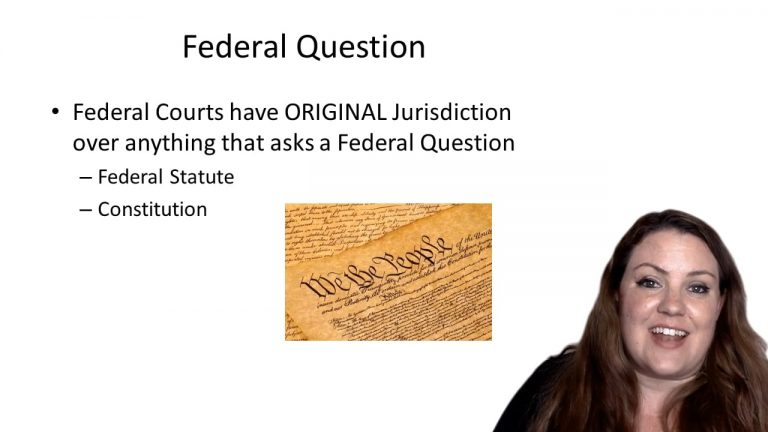Civil Procedure Keyed to Yeazell
Louisville & Nashville Railroad Co. v. Mottley

ProfessorBrittany L. Raposa
CaseCast™ – "What you need to know"
play_circle_filled
pause_circle_filled
Louisville & Nashville Railroad v. Mottley
volume_up
volume_off
Facts
Defendants were injured in a railway accident. To settle their claims, Plaintiffs, in 1871 gave them a lifetime pass for free transportation on the line. Several decades later Congress made free passes unlawful. Plaintiffs therefore refused to honor the Defendant’s passes, citing the new federal legislation. Defendants sued in federal court seeking specific performance of the contract. The trial court ruled in favor of the Defendants and this appeal followed.
Only StudyBuddy Pro offers the complete Case Brief Anatomy*
Access the most important case brief elements for optimal case understanding.
*Case Brief Anatomy includes: Brief Prologue, Complete Case Brief, Brief Epilogue
- The Brief Prologue provides necessary case brief introductory information and includes:
Topic:
Identifies the topic of law and where this case fits within your course outline.Parties:
Identifies the cast of characters involved in the case.Procedural Posture & History:
Shares the case history with how lower courts have ruled on the matter.Case Key Terms, Acts, Doctrines, etc.:
A case specific Legal Term Dictionary.Case Doctrines, Acts, Statutes, Amendments and Treatises:
Identifies and Defines Legal Authority used in this case.
- The Case Brief is the complete case summarized and authored in the traditional Law School I.R.A.C. format. The Pro case brief includes:
Brief Facts:
A Synopsis of the Facts of the case.Rule of Law:
Identifies the Legal Principle the Court used in deciding the case.Facts:
What are the factual circumstances that gave rise to the civil or criminal case? What is the relationship of the Parties that are involved in the case.Issue(s):
Lists the Questions of Law that are raised by the Facts of the case.Holding:
Shares the Court's answer to the legal questions raised in the issue.Concurring / Dissenting Opinions:
Includes valuable concurring or dissenting opinions and their key points.Reasoning and Analysis:
Identifies the chain of argument(s) which led the judges to rule as they did.
- The Brief Prologue closes the case brief with important forward-looking discussion and includes:
Policy:
Identifies the Policy if any that has been established by the case.Court Direction:
Shares where the Court went from here for this case.
Topic Resources

 1m 41s
1m 41s